KUOW's League of Murder Creatures
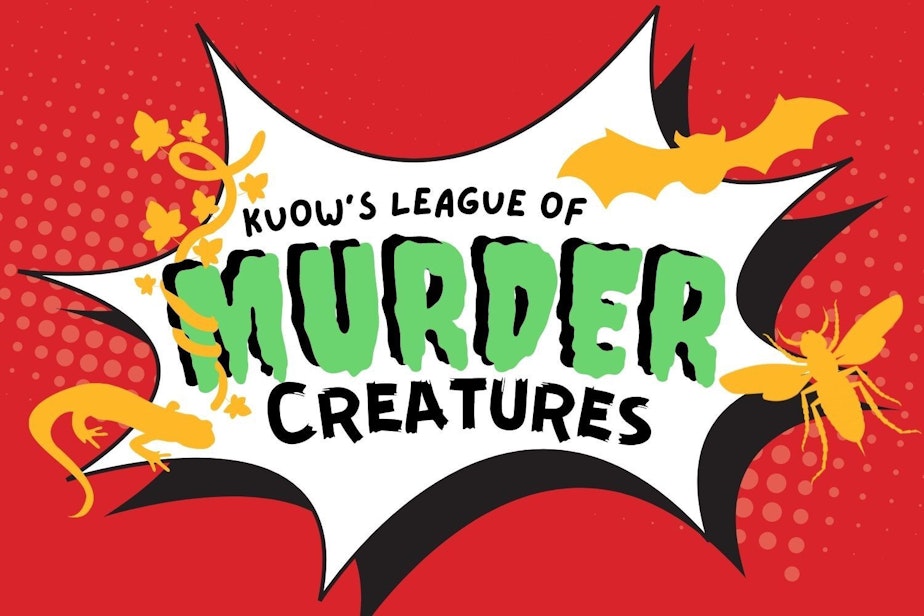
Move over, "murder hornets." Lots of invasive species go on biological killing sprees, turning ecosystems upside down and costing humans dearly.
W
hen it comes to invasive species, so-called “murder hornets” (officially: northern giant hornets) may get all the buzz. But many species are just as “murderous” as the giant hornets from Asia that popped up mysteriously in Washington state’s northwest corner in 2019 and soon made global headlines.
“This is a name the general public seems to absolutely love,” entomologist Sven Spichiger said at a 2020 press conference on Washington state’s efforts to eradicate the insect known in parts of Asia as the giant sparrow hornet or the yak killer. “Seems like the media loves it, too. I’m not a big fan of it,” he said.
Northern giant hornets can indeed slaughter a whole hive of honeybees in a matter of minutes. Their stings can be dangerous for larger animals as well.
But nature involves a lot of “murder”: Every creature that eats—or parasitizes, poisons, or chokes—another is equally murderous. Species, like the northern giant hornet, that humans intentionally or accidentally transport far from their native ranges can quickly go on expansive, expensive killing sprees.
Sponsored
Biologists have long focused on the threat of invasive species, though campaigns against the damaging organisms rarely make headlines.
Seeing the success of “murder hornets” at capturing the public imagination, we present six invasive species that pose major threats to Washington state: KUOW’s League of Murder Creatures.
___________________________________________________________________________

Sponsored
This mass murderer has taken out millions of victims across the continent.
The victims are bats, and their murderer is a fungus, known as Pd, short for the unpronounceable but menacing Pseudogymnoascus destructans.
The fungus behind the lethal “white-nose syndrome” in bats may soon face a new foe, thanks to scientists in Washington state and elsewhere.
Researchers have cooked up a muddy concoction aimed at making an often-deadly disease survivable—not unlike Covid-19 vaccines for humans.
“We call it ‘yogurt for bats,” bat biologist Leah Rensel said.
Sponsored
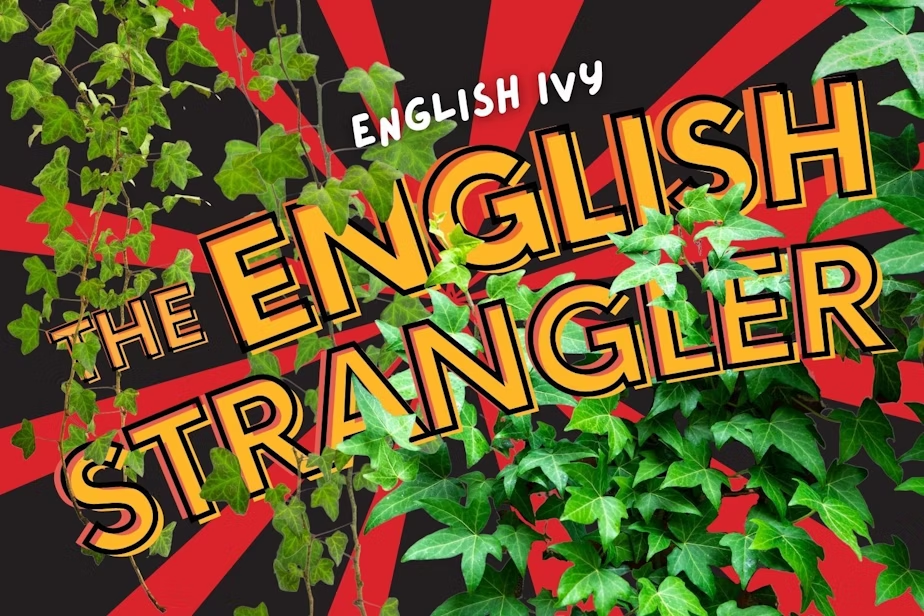
Smothering its victims, English ivy engulfs anything in its path, from shrubs to buildings to old-growth forests. Nowhere has this botanical bully done more damage than in the Pacific Northwest.
Oregon banned its sale a decade ago, but in Washington, you can pop into big-box stores and purchase it, no questions asked.
A group in Edmonds, Washington, has been taking the matter into their own hands. The Edmonds Ivy League has found that fighting a common foe can bring people together.
Sponsored
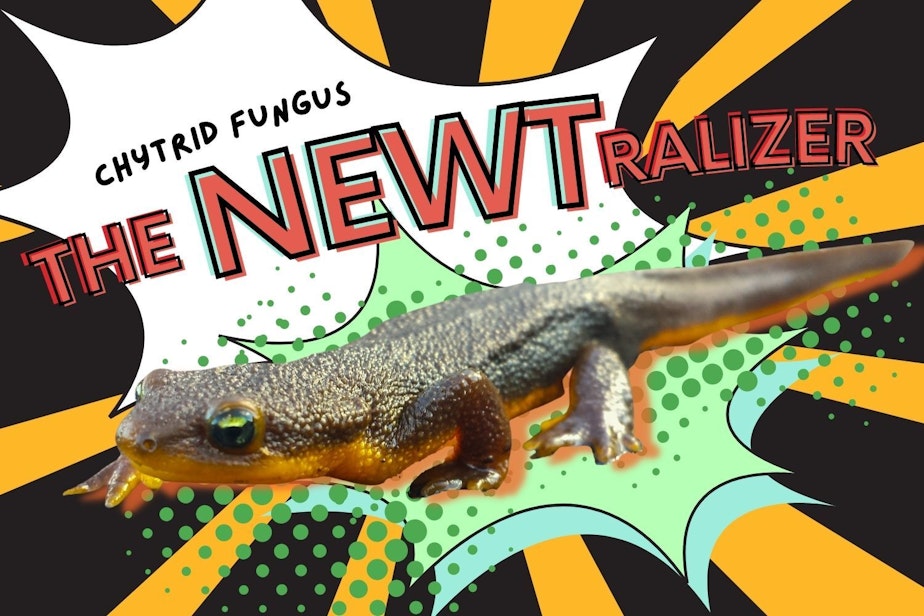
Some researchers call it the worst infectious disease known to science. It may have wiped dozens of defenseless species off the face of the earth.
Now, a newly discovered relative of that disease has biologists concerned about a new round of species die-offs, with the Pacific Northwest especially at risk, and trying to figure out what is killing newts on the Olympic Peninsula.
Sponsored
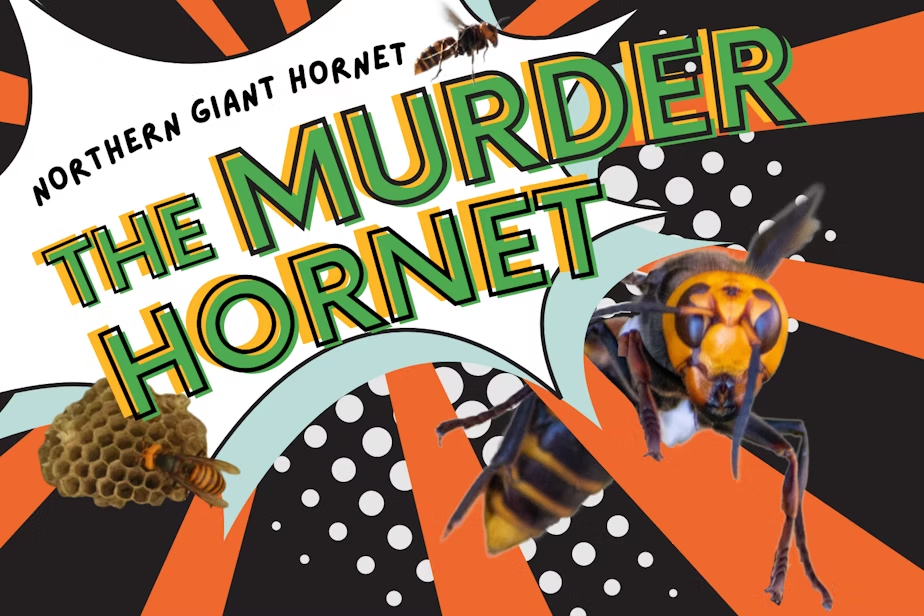
Scientists in Washington and across the Pacific Ocean are working together to try to outwit the northern giant hornet, the largest and most notorious species of its kind.
They hope they can use the hornet's own alarm signals to lure it to its doom before it gains a foothold in North America.
READ: To outwit a giant hornet, scientists try speaking its language
5) The Murder Crab

Though it’s small, the European green crab is voracious, adaptable, and prolific: a recipe for world domination.
Though it found its way to Washington state by 1998, the species seemed to bide its time here for about 20 years. Then in 2021 and again in 2022, an apparent population explosion of Washington’s pinchy invaders, with even denser infestations just to the north, in the muddy bays of Vancouver Island.
6) Murder Kittens
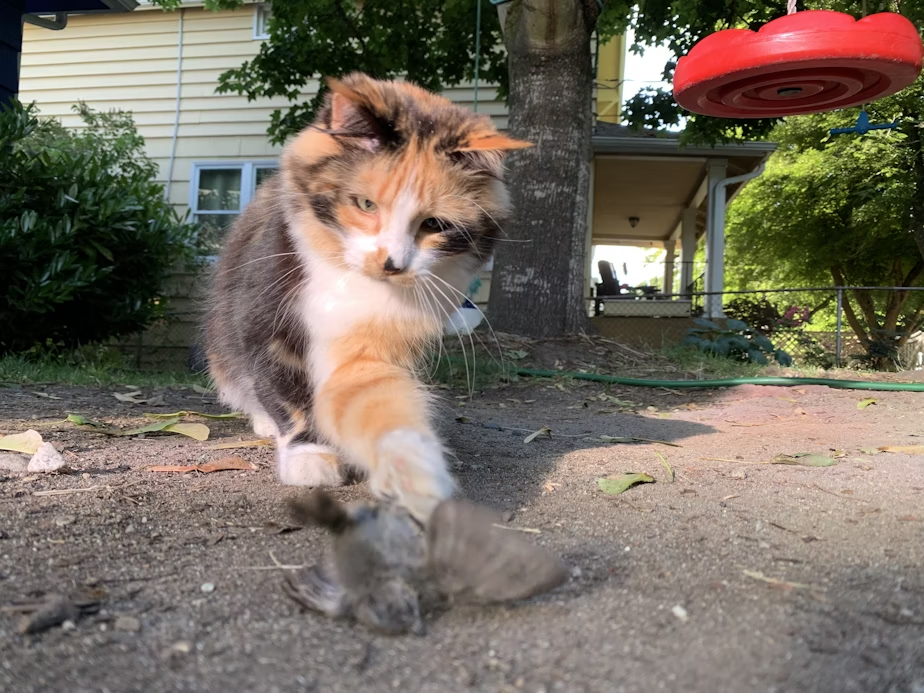
Fluffy, cute and videogenic, domestic cats are beloved on the internet and in real life.
Outdoor cats are also mass murderers on an almost incomprehensible scale: killing an estimated 1 billion to 4 billion birds, 6 billion to 22 billion small mammals, and hundreds of millions of reptiles and amphibians a year in the contiguous United States.
What to do about these floofy killers has two different breeds of animal lovers—wildlife biologists and feral-cat advocates—pitted against each other.
READ: Murder kittens: outdoor cats take heavy toll on wildlife
This post has been updated.




